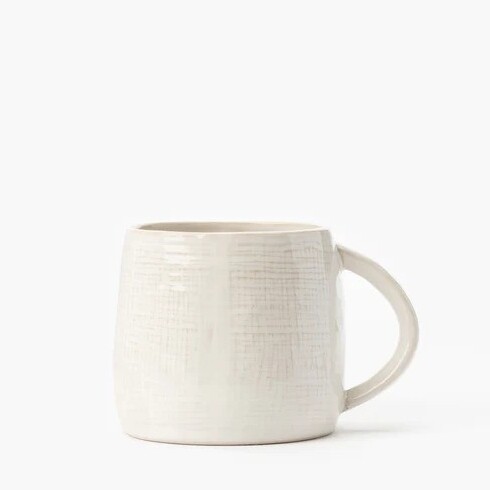Reese Witherspoon's above countertop display in her kitchen will be a popular kitchen trend in 2024, and it's easy to achieve
Actress Reese Witherspoon uses counter-to-ceiling open shelving to introduce delightful decorative moments to her kitchen


American actress and film producer Reese Witherspoon knows how to make an impact, especially when it comes to her home. Her industrial-style kitchen has been a talking point in the Homes & Gardens office for some time now. But it is her counter-to-ceiling kitchen shelving that is the true star of the show, and it is oh-so-simple to recreate. Open shelving is also a good alternative to wall-to-wall joinery, giving the kitchen room to breathe.
Open shelving is a great way to combine storage and décor. However, the balance between laid-back and cluttered can be hard to achieve. Be careful not to overwhelm your shelves. Start with a few pieces that you want to store, then add decorative elements to bring color and texture.
Kitchen shelving, similar to Reese Witherspoon's below, is also a great option if you are the proud owner of an impressive crockery collection, or are a keen cook who appreciates having ingredients close at hand. Not everything needs to be hidden away when it comes to storage. Decorative kitchen storage ideas and solutions can make a huge difference to your kitchen's look, function, and feel. Shelving doesn't have to always be practical either, it can be used to house sentimental objects and beautiful trinkets and vases, too.
A post shared by Reese Witherspoon (@reesewitherspoon)
A photo posted by on
Open and suspended shelving is a current kitchen trend. An eye-catching addition, they bring functionality as well as a decorative flourish to a kitchen. Walls of shelving work well to zone spaces with an open-plan layout while hanging shelves from ceilings enable curated collections to be displayed proudly, as shown in Reese Witherspoon's kitchen.
'The art of designing a kitchen is to make it as clutter-free as possible to enhance the space,' says interior designer Allison Lynch. 'It's important to utilize every inch and that's where suspended shelving like this really comes into its own.'
Be they decorated with ceramics, vintage glassware, plants, or recipe books, shelves can be used to add individual style to a kitchen, as Mike Fetherston, design director of Hetherington Newman, explains. ‘As kitchens are increasingly central to the home and where families come together for meals and to socialize, areas for display are important to personalize the space and add interest, giving a more relaxed and welcoming feel.’ Choose from floating shelves (without visible supports) to those with stylish brackets, from plate racks to cubby holes built into furniture.
For a unique, stylized look, stack collections of your favorite crockery, line up fresh herbs, and incorporate small pieces of kitchen art along a run of open shelving.
Design expertise in your inbox – from inspiring decorating ideas and beautiful celebrity homes to practical gardening advice and shopping round-ups.
Shop the look

Jennifer is the Digital Editor at Homes & Gardens, bringing years of interiors experience across the US and UK. She has worked with leading publications, blending expertise in PR, marketing, social media, commercial strategy, and e-commerce. Jennifer has covered every corner of the home – curating projects from top interior designers, sourcing celebrity properties, reviewing appliances, and delivering timely news. Now, she channels her digital skills into shaping the world’s leading interiors website.


